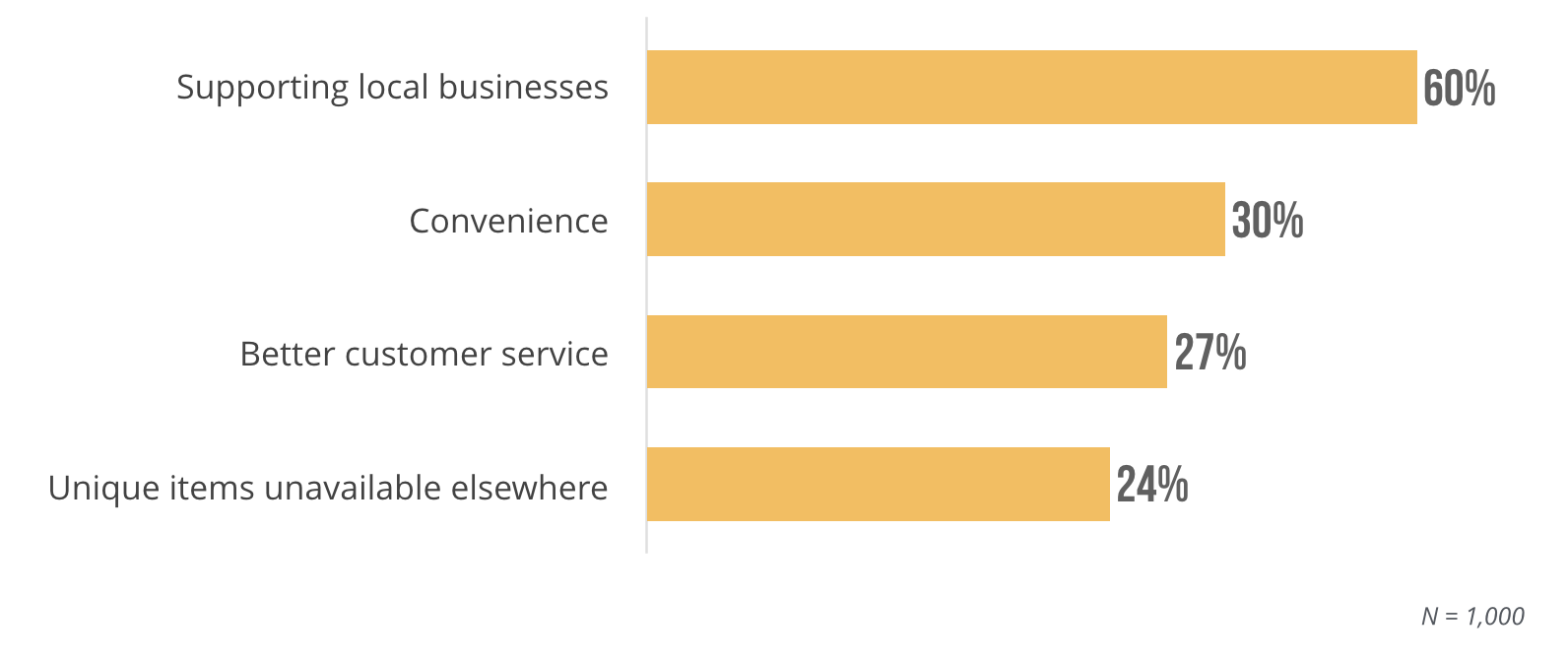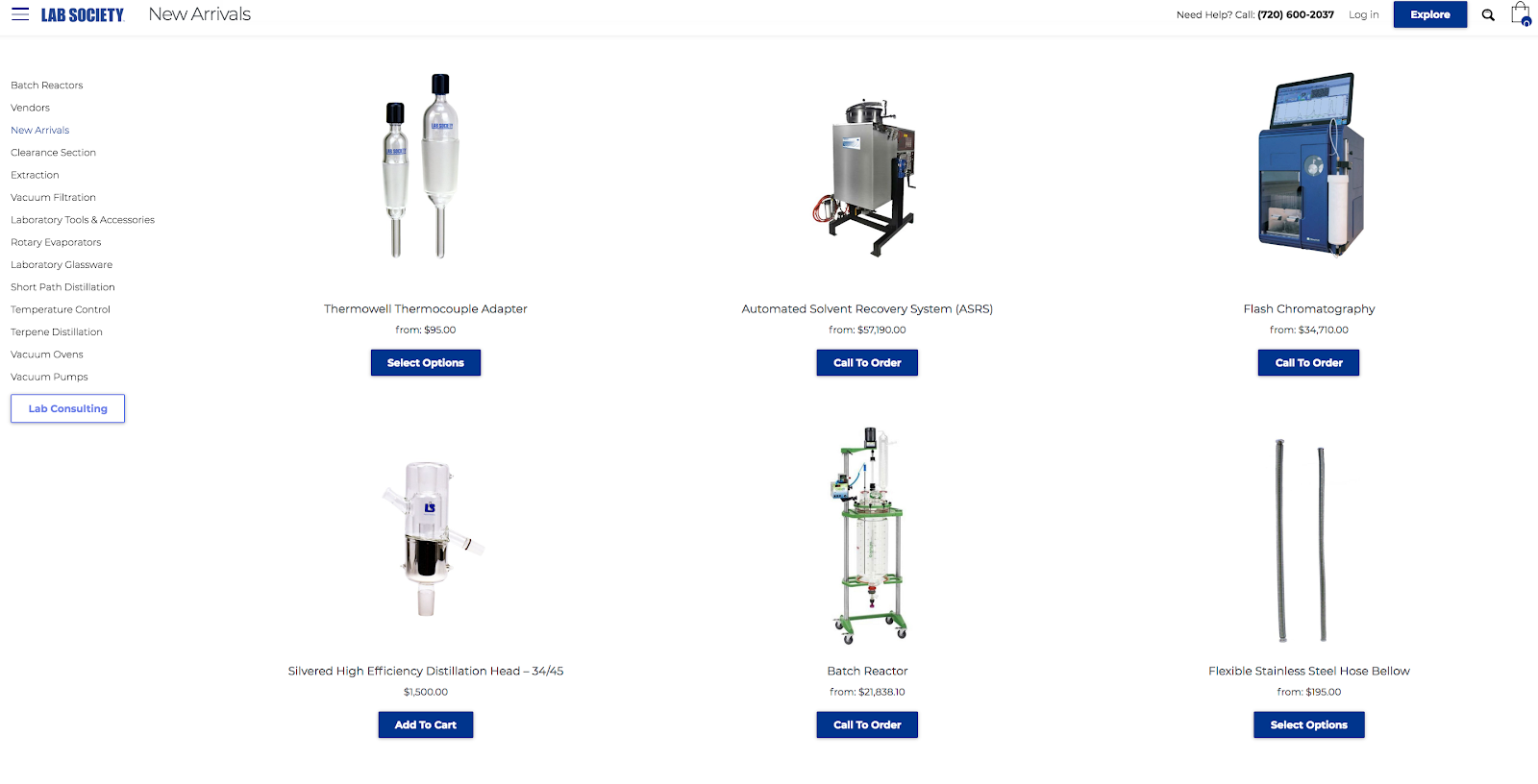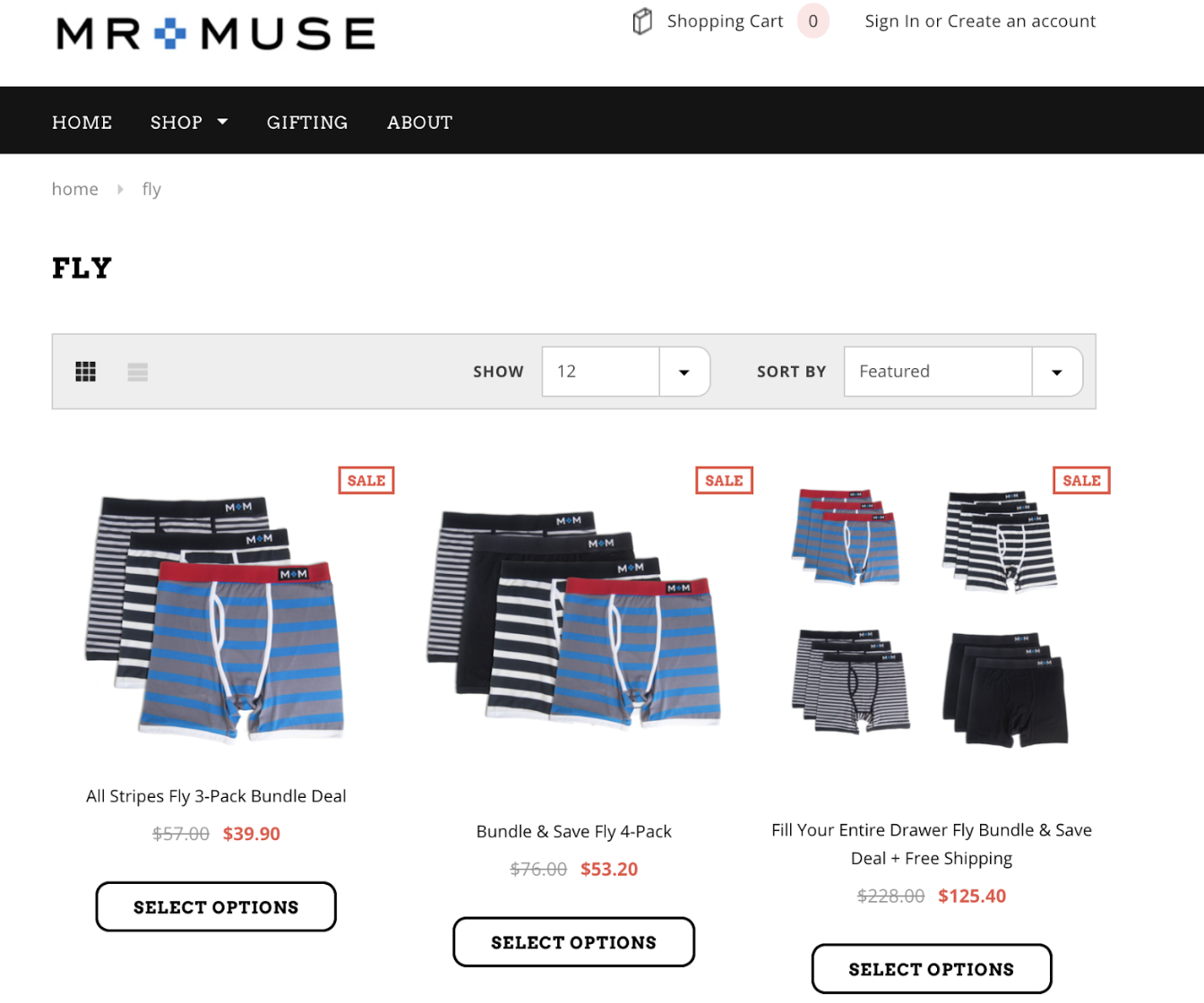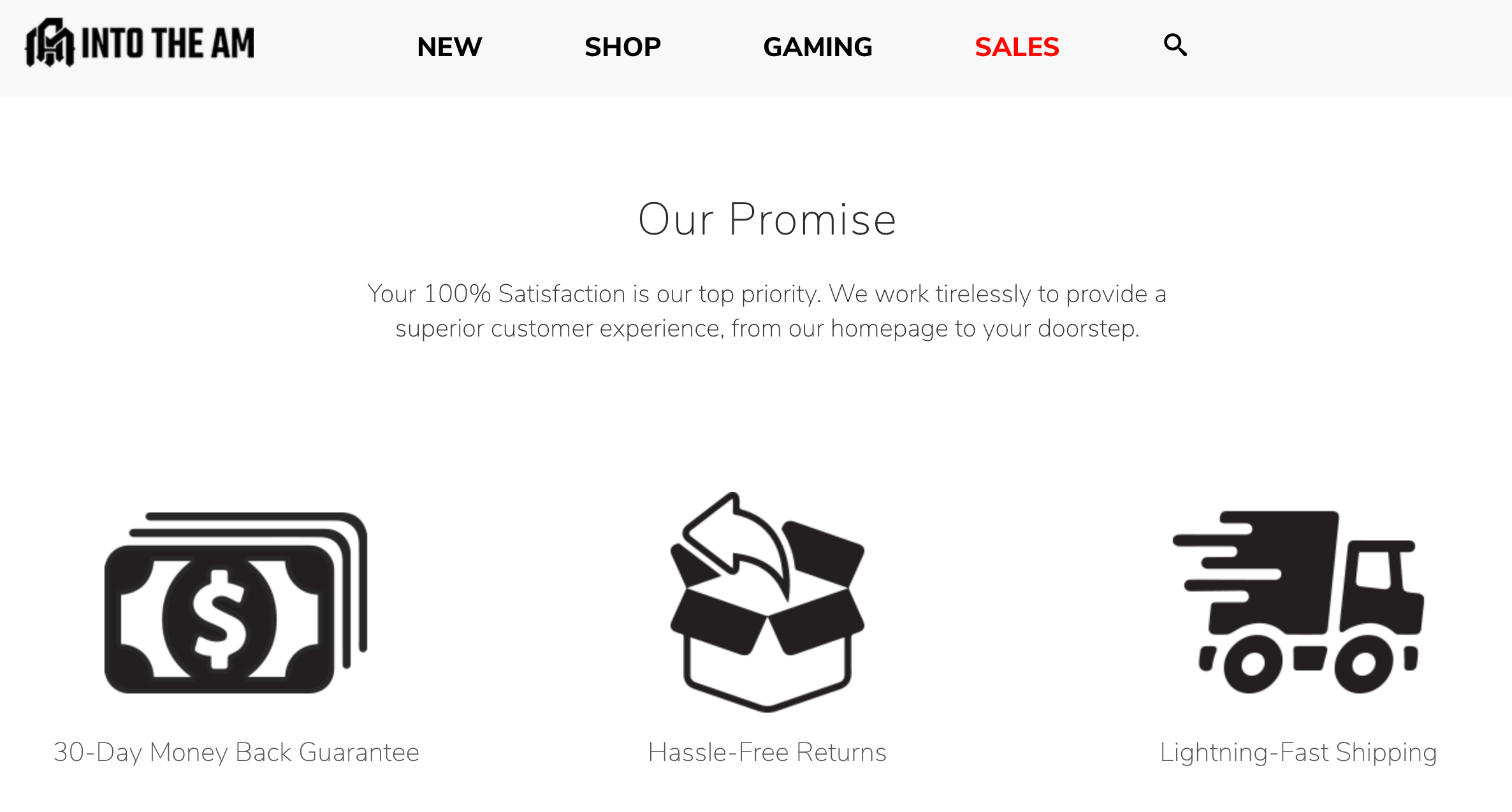Is E-Commerce Worth It? Why Every Small Retailer Needs an E-Commerce Store
E-commerce is booming. With online sales surpassing $100 billion for the first time last year, it’s no longer a question of why small retailers need to start an e-commerce site, but when.
Unfortunately, many small businesses still see e-commerce as a nice-to-have addition to their existing business, rather than a must-have. In fact, only 9 percent of retailers who’ve reached out to Software Advice in the last year specifically requested for e-commerce capabilities as a part of their new POS system.
Instead of setting aside resources and time to invest in an online store, small businesses mistakenly see e-commerce as taking time away from the daily operations of their physical store.
In fact, it’s never been more important for small retailers to adopt e-commerce:
In 2017, consumers in the U.S. spent over $450 billion online, a 16 percent increase, compared with $390 billion the previous year.
Retail e-commerce sales are forecasted to grow rapidly to just over $684 billion in 2020.
Eighty-six percent of consumers shop around on at least two retail channels.
If you’re a small business, an e-commerce store is a must-have in order to increase sales and build your brand. Your customers are increasingly browsing and shopping online, and an e-commerce store will keep you competitive, expand your reach and allow you to offer a better customer experience.
This article will share three key benefits e-commerce can bring to your brick-and-mortar business, as well as examples of how small retailers have grown their business through e-commerce.
Here’s what we’ll cover:
Your Advantage as a Small Retailer
3 Ways E-Commerce Benefits Your Physical Store
1. Expand Your Reach to Increase Sales
2. Track Your Customers to Know What They Want
3. Improve Customer Experience and Increase Loyalty
Your Advantage as a Small Retailer
While large chains often have deeper pockets and larger marketing budgets, small businesses have several distinct advantages over the big guys.
Your flexibility: One of the biggest strengths you have as a small retailer is the ability to be more agile with what and how you implement changes to your website and retail store.
Whether it’s changing the price of a product or testing to see how customers react to a promotional pop-up, you can easily and quickly make business decisions to achieve the results you want. Small retailers typically have a faster and more efficient decision-making process while large companies are often hindered by bureaucracy.
Your ability to build real relationships: Chances are you know the names of your customers and what they like. You might even hear about their day! As a small business, every time you’re talking in-person or on the phone with a customer, you’re building a relationship.
That proximity and face-to-face interaction you have with your customers is something big-box chains can’t rival. According to a recent survey by the Better Business Bureau, 84 percent of consumers consider small businesses to be their most trustworthy choice for shopping.
Why Consumers Trust Small Businesses

(Source)
CASE STORY
Retail owner Joe Taylor has 18 hardware stores across Virginia. Although he faces competition from established companies such as Home Depot and Lowe’s, Taylor says his company’s appeal lies in the fact that it’s not one of the big-box stores.
Being a locally-owned company has helped drive business from the community, says Taylor, who has seen a 15 percent increase in sales from the year before.
Its prime location in the middle of the community means Taylor has been able to to build rapport with returning customers, while contributing to local organizations like schools and churches.
3 Ways E-Commerce Benefits Your Physical Store
1. Expand Your Reach to Increase Sales
By just launching an e-commerce store, you’re automatically expanding your potential customer base beyond your community. Colorado-based Lab Society is a perfect example of this phenomenon. The company manufactures, sources and sells laboratory equipment ranging from vacuum pump products to laboratory glassware.
The highly niche nature of its business means customers from anywhere in the world looking for laboratory equipment can find the business online. Besides selling equipment at its physical store, Lab Society also caters to customers from across the world in countries like the Netherlands, UK, Spain and Australia via its online store.

Lab Society’s online store (Source)
Lab Society’s online and physical store have been highly complementary, says its digital marketing manager Ross Palmer. “The online store answers a lot of questions customers have before coming into our retail stores. It does a lot of the outreach for us,” he says. “On the other hand, the physical store gives local residents a place to attach faces to the brand and to purchase directly.”
Having an e-commerce presence has also given Palmer the opportunity to direct prospective customers online. “We do a lot of trade shows to increase our physical presence in different locations. [With an e-commerce store] we can always direct people to our brand and products online. It’s a virtuous cycle,” he says.
Palmer attributes a huge part of the company’s growth to the launch of the e-commerce store. “It’s an integral part of our overall marketing strategy,” he says.
Since its launch three years ago, Lab Society has expanded from just a few hundred visitors per month in its early days to over 10,000 visitors today. The company’s sales, too, have “nearly doubled” year-over-year and are expected to achieve nearly $10 million in revenue by the end of this year.
2. Track Your Customers to Know What They Want
The most successful online stores have done well because they’ve devoted time to digging deep into data to inform their every business decision.
Web analytics can tell you a lot about your visitors’ and customers’ browsing and buying habits: What are visitors looking at? Are there items abandoned in their shopping carts? What website promotions or design changes have increased sales? These insights can be translated into increased sales over time.

Mr & Muse’s online store (Source)
Ahead of its first Christmas holiday season, men’s underwear company Mr & Muse began testing their marketing campaign by advertising on Facebook. Owners Garrett Ryan and Clark Passino also began tracking products that customers were looking at and presenting similar products to drive purchases.
As a result, the team generated about 95 percent of its sales from their online store (the team also sells on Amazon and eBay). Ryan and Passino also found social media to be the most effective channel in driving traffic to their website, and have since focused on using social channels to boost sales.
Fairy Homes & Gardens is another example. Prior to adopting analytics on her website, owner Ronna Moore had been selling the same items online as her physical location.
“Once I got more in-depth with analytics, I realized what was selling at my physical location wasn’t necessarily what my online buyers wanted,” says Moore. “I gradually began to pivot, highlighting items that sold better online, marketing certain items towards other demographics.”
Moore also sought to better understand her customer’s demographic. Through her e-commerce analytics and Google Analytics, she was able to confirm that her average shopper was female, over 40 years old, with “a strong interest in gardening and home decor.”
“Knowing this has allowed me to create targeted promotions and newsletters with information and sales that this demographic specifically cares about,” she says. Today Fairy Homes & Gardens averages over 10,000 unique visitors monthly.
3. Improve Customer Experience and Increase Loyalty
Having an e-commerce store alongside a brick-and-mortar store gives your customers the best of both worlds.
When they’re in-store, visitors get to feel and test products while having face-to-face interaction with your staff. With e-commerce, shoppers enjoy the convenience and experience of 24/7 shopping on own their terms, without having to travel to your store.
Whether it’s in-store or online, today’s customers have come to expect a unified brand experience whenever they engage with your brand. According to The State of Omnichannel Retail report, 87 percent of consumers think businesses need to do a better job at creating a seamless shopping experience.
Into the AM, a clothing line of eco-friendly T-shirts, hoodies and sweaters, caters to customers both online and at its two brick-and-mortar stores in West Covina, California and Denver, Colorado.
When it first launched, the company’s online return process required customers to stand in line at the Post Office to buy a return shipping label.
Digital marketing manager Darren Schreher says each of those requests took an average of five minutes to review. “We found that the online return process was not only a challenge but was critical to the future success of our brand, and needed a more efficient way to process returns,” he says.
The apparel company has since adopted a more automated approval process for returns where customers are able to go online to file return or exchange requests, receive an answer and return the shipping label within minutes.

Into the AM’s online store (Source)
“Customer satisfaction and providing a better shopping experience is our number one priority so we encourage this practice and market that our return policy is hassle-free,” says Schreher.
Into the AM’s commitment to improving their customers’ experience has since paid off. “Changing over to a more automated process has not only provided a much better return process for our customers, it has also increased our profits,” he says.
Next Steps
Now that we’ve demonstrated how e-commerce can benefit your business, it’s time to apply this newly acquired knowledge towards launching a successful online retail store.
Simply put, it begins with getting to know your customers. Amazon and eBay have succeeded because of their ability to understand customer behavior and implement insights that increase sales. You, too, can do the same. Here are a few starting points:
Create and maintain buyer personas: Buyer personas represent examples of who your customers are. Think about your potential buyers. Who are they and why are they buying your product?
This may sound obvious, but it’s important to nail this information down. Buyer personas help you better understand your customers, which will increase the effectiveness of your email marketing, social media and customer personalization efforts. Invest time getting to know your customer and you’ll reap the rewards.
Find out more about developing buyer personas in our article, “Tips for Creating Better Buyer Personas“.
Understand the buyer journey: A buyer journey is the process customers go through from the time they first start researching the product through the purchase of the product or service. It consists of three stages:
Awareness: The buyer identifies a problem/pain point and realizes a need.
Consideration: The buyer researches products that can solve the problem. Research shows where your prospective buyers are doing most of their research (hint: Google).
Decision stage: The buyer purchases a solution.
How do you understand your customer’s buyer journey? You can start by interviewing prospective and existing customers (throw in a few freebies to sweeten the offer!). Questions worth asking your customers about the following stages include:
Awareness: What were your challenges? How did you educate yourself on those challenges?
Consideration: How did you educate yourself in the research process? How did you weigh out the pros and cons?
Decision: What criteria did you use to evaluate the products/services? What did you like about our product/service compared to the others?
Understanding the journey and/or decision-making process that your customers go through before buying your product or service is imperative to succeed in e-commerce.
By adopting a customer-centric philosophy to your questions, you’ll have a robust understanding of your customers which should provide solid groundwork for how you can engage them through marketing.
Check out the second part of our series where we’ll equip you with useful marketing tips and strategies to attract customers and boost sales for your online and physical store.